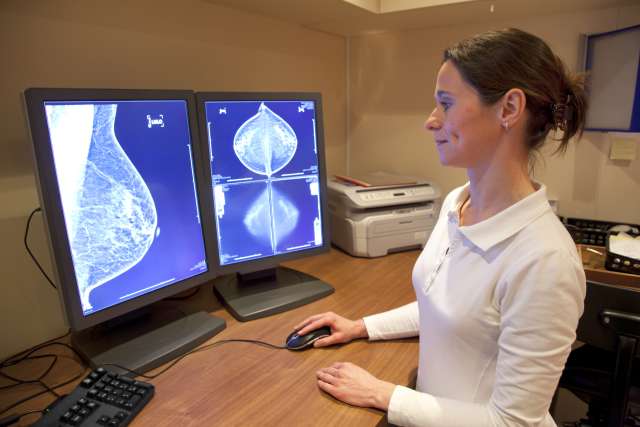FINDINGS
Researchers from UCLA and Long Beach Memorial Medical Center have found that two targeted therapies could be more effective if used in combination to treat squamous cell carcinomas of the lung. The two drugs, MLN128 and CB-839, individually target the metabolism of key nutrients glucose and glutamine, respectively, prohibiting the cancer from switching metabolic gears between glucose (a simple sugar) and glutamine (an amino acid) to tap vital sources of energy. This switch enables the cancer cells to adapt their metabolism and evade treatments.
BACKGROUND
Non-small cell lung cancer makes up about 85 percent of all lung cancers, and within this population about 20 percent of patients get squamous cell carcinomas. These carcinomas are aggressive and highly resistant to most current therapies — including chemotherapy and targeted therapies. Although squamous cell carcinomas can rapidly adapt their metabolism to evade therapies, not much is understood about the mechanisms governing metabolic adaptation in these tumors. Because people with this disease have worse survival odds than those with other subtypes of non-small cell lung cancer, researchers have been working to better understand the mechanisms that drive these metabolic adaptations in order to improve treatment.
METHOD
Through positron emission tomography, or PET, scanning as well as mass spectrometry, researchers profiled metabolism in cancer cells to determine the molecules involved in cell functions. They then were able to identify a dual reliance on glucose and glutamine for metabolic needs, finding that squamous cell carcinomas typically rely on high levels of glucose to meet metabolic needs arising from rapid tumor growth. When glucose supplies are cut off, however, the cancer cells can make a metabolic switch that allows them to derive energy from glutamine. This switch uses cellular pathways that support the disease’s spread. Based on this discovery, the team consulted The Cancer Genome Atlas databases to find molecular signals and markers of cell activity that could be pharmaceutical targets for new therapies. Specifically, the drug candidates CB-839 and MLN128, when used together, could reduce tumor growth in squamous cell carcinoma.
IMPACT
In uncovering changes in metabolic pathways that squamous cell carcinomas use to maintain their need for energy, researchers were able to identify potential ways to thwart the cancer cells in their switch from one energy source to another. Their findings point to metabolic signals that could be used to differentiate cancer patients by the nutrient-demands of their tumors. In addition, the researchers found at least two existing anti-cancer compounds that, when used in concert, could prove to halt the proliferation and growth of squamous cell carcinomas by blocking cellular metabolism changes in cancer.
AUTHORS
Lead author is David Shackelford, associate professor in the division of pulmonary and critical care medicine at UCLA and a member of the UCLA Jonsson Comprehensive Cancer Center. The first author is Milica Momcilovic, also with the division of pulmonary and critical care medicine. Other authors are Francesco Parlati and Susan Demo of Calithera Biosciences; Michael Gricoski, Robert Shuman and Julio Ibarra of MemorialCare Health System of Long Beach; Deborah Fridman of Hoag Memorial Hospital Presbyterian of Newport Beach; and Sean Bailey of University of North Carolina Chapel Hill. Also of UCLA are Jason Lee, Michael Fishbein, Daniel Braas, James Go, Thomas Graeber, Rui Li, Tonya Walser, Michael Phelps, Karam Badran, Maie St. John, Noah Federman, Nicholas Bernthal, Jane Yanagawa, Steven Dubinett, Saman Sadeghi and Heather Christofk.
JOURNAL
The research is published in Cancer Cell.
FUNDING
The research was supported by the David Geffen School of Medicine at UCLA, U.S. Department of Defense, American Cancer Society, American Lung Association, Bonnie J. Addario Lung Cancer Foundation, Stop Cancer Foundation, National Cancer Institute and National Institutes of Health.
Learn more about the at UCLA.





